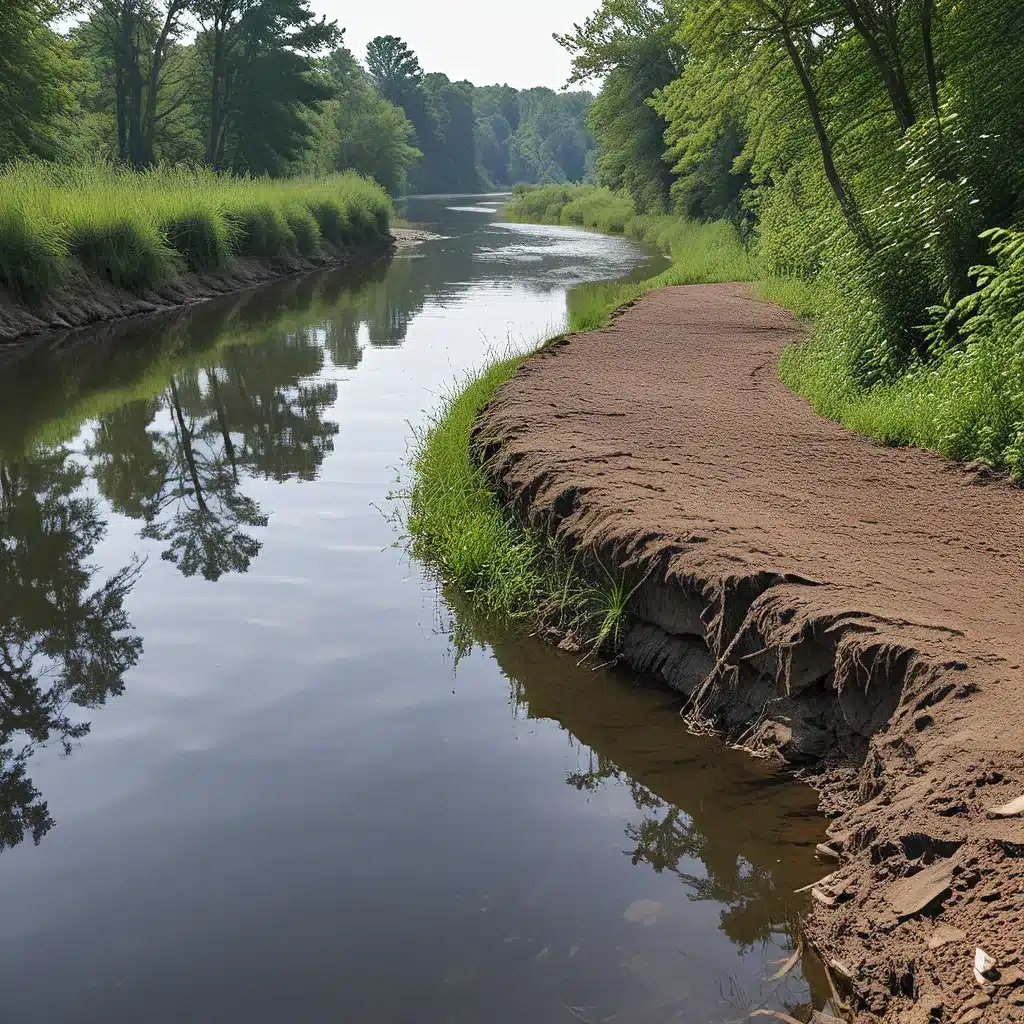
The Humble Beginnings of a Water Quality Revolution
Everything big starts small, they say. And you never know how a simple conversation might change the world. This is the story of how a few concerned individuals sparked a water quality transformation that has become a national model for managing and improving our precious water resources.
It all began in 2004, when the Illinois Environmental Protection Agency (IEPA) was finalizing a study on the pollution levels in the DuPage River and Salt Creek. This study, known as a Total Maximum Daily Load (TMDL), aimed to determine the maximum amount of pollutants that these waterways could handle without violating water quality standards.
As the TMDL was being reviewed, a group of people, including Stephen McCracken from The Conservation Foundation, started meeting to discuss their concerns. The data and assumptions used in the study raised some serious red flags. While it was clear that the DuPage River and Salt Creek were indeed impaired, the causes and solutions were much more debatable than the TMDL suggested.
The IEPA’s approach was to focus solely on regulating the chemical pollutants detected in the water, like ammonia and Carbonaceous Biological Oxygen Demand (CBOD). This meant that upgrades to the area’s wastewater treatment plants, costing over $200 million in capital costs and an additional $7 million per year in operational expenses, would be required. But there were concerns that these expensive upgrades might not actually improve the overall health of the waterways.
Casting Stones Across the Water
This group of forward-thinkers, who would later become the DuPage River Salt Creek Workgroup (DRSCW), had a different idea. Rather than rushing to implement the costly TMDL recommendations, they proposed deferring the upgrades and conducting their own in-depth analysis to better understand the true causes of the aquatic life impairment.
The DRSCW’s approach was simple, yet revolutionary: monitor, plan, implement, and measure. They would closely examine the rivers to assess the stressors on the local ecosystems, then develop targeted projects to address those issues. After implementing the projects, they would conduct post-monitoring to determine the effectiveness of their efforts.
This methodical, data-driven approach was a stark contrast to the IEPA’s reliance on water chemistry samples alone. The DRSCW recognized that factors beyond just detected pollutants, such as physical habitat, could also be impacting the rivers’ biodiversity. By taking a more holistic view, they hoped to find solutions that would truly restore the health of these waterways.
Ripples of Change
In 2006, the DRSCW officially became a 501(c)(3) non-profit organization, with the goal of “preserving and enhancing water quality and stream resource quality” in the East Branch DuPage River, West Branch DuPage River, Salt Creek, and their tributaries. The group brought together a diverse coalition of stakeholders, including local government agencies, wastewater treatment plants, sanitary districts, stormwater management groups, public works departments, municipalities, forest preserve districts, and even some private companies.
This collaborative approach was key to the DRSCW’s success. By engaging a wide range of stakeholders, they were able to tackle the complex issues facing the region’s waterways from multiple angles. And with The Conservation Foundation on board as a trusted partner, the DRSCW was able to leverage the organization’s reputation and relationships to facilitate negotiations and find the best possible solutions.
As the DRSCW has grown over the years, they have made substantial gains in improving the health of the rivers within their project area, which spans 360 square miles, 3 watersheds, hundreds of miles of rivers and tributaries, 156 million gallons per day of effluent from 25 treatment plants, and over a million people.
A Ripple Effect Felt Nationwide
The DRSCW’s approach has become a national model for managing and improving water resources. Their “monitor, plan, implement, and measure” strategy has proved to be a highly effective way to address the complex and often interconnected issues that can impact the health of our waterways.
By taking a holistic view, the DRSCW has been able to identify and address a wide range of stressors, from chemical pollutants to physical habitat degradation. And by working collaboratively with a diverse group of stakeholders, they’ve been able to develop solutions that are both cost-effective and tailored to the unique needs of the local community.
The success of the DRSCW has not gone unnoticed. Other watershed groups, like the Lower DuPage River Watershed Coalition and the Lower Des Plaines Watershed Group, have adopted similar approaches, and the DRSCW’s model is being replicated in communities across the country.
The Ripple Effect Continues
As I reflect on the journey of the DRSCW, I can’t help but be inspired by the power of a simple conversation to spark a water quality revolution. What started as a group of concerned individuals questioning the assumptions of a government study has blossomed into a national model for watershed restoration and protection.
And the ripple effect continues. As the DRSCW and its partner organizations work to restore the health of our local waterways, they’re not just improving the environment – they’re also enhancing the economic value of the communities they serve. By ensuring that our rivers and streams are clean, safe, and abundant, they’re paving the way for a future where economic growth and environmental stewardship go hand in hand.
So, the next time you find yourself by a river or stream, take a moment to appreciate the ripple effect that’s at work. Every effort to protect and restore our water resources, no matter how small, has the power to create waves of change that can transform our world. And who knows – your own small stone, cast across the water, might just be the start of something truly remarkable.
Inland Waters Inc. is committed to being a part of this water quality revolution. We work tirelessly to help our clients navigate the complex regulatory landscape and implement innovative solutions that protect our precious waterways. Join us in this mission, and together, we can create a future where clean water is a right, not a privilege.


